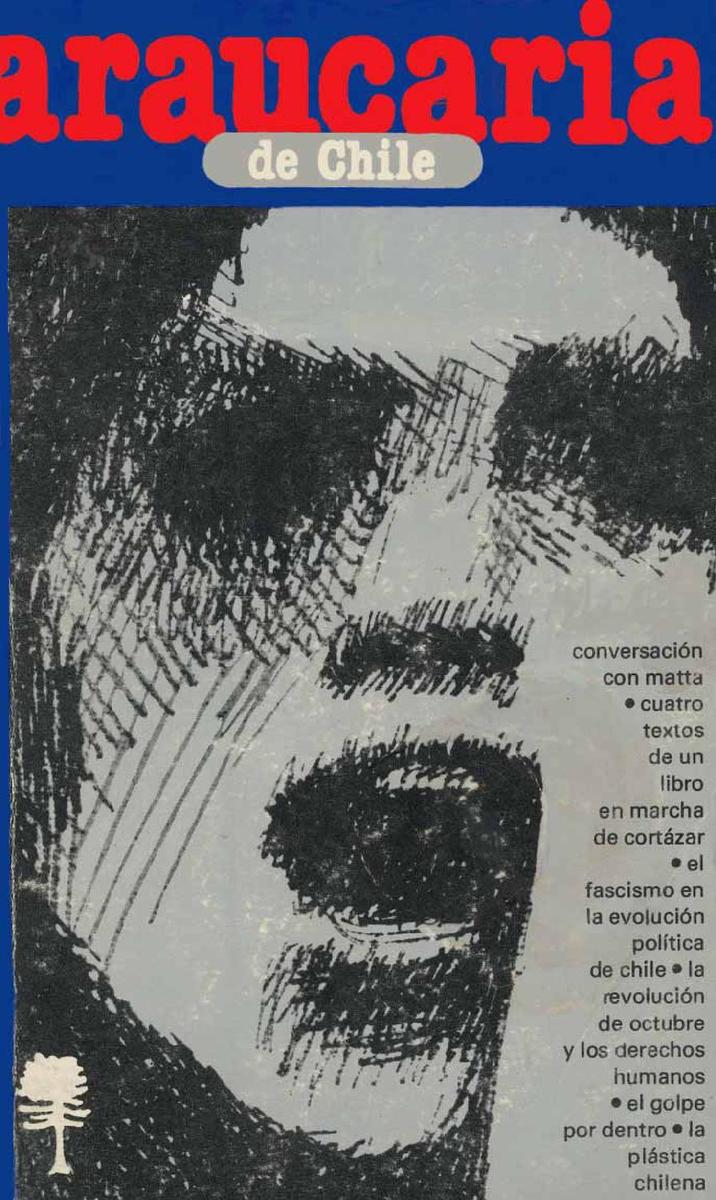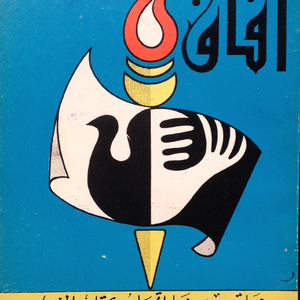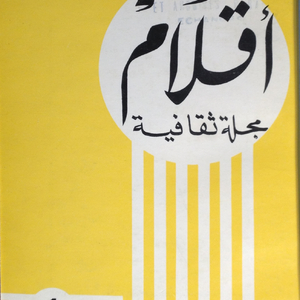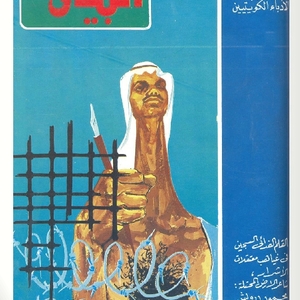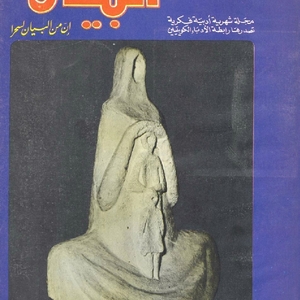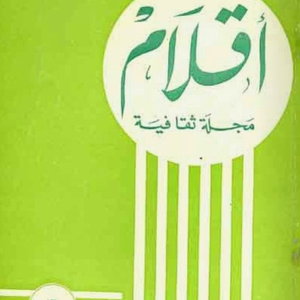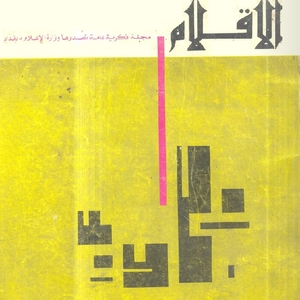Seismography of struggles - Towards a global history of critical and cultural journals Zahia Rahmani
This video and sound installation presents an inventory of non-European journals or those produced by the diaspora in the wake of the revolutionary movements of the end of the 18th century up to the watershed year of 1989 and the end of a world dominated by two blocs. The populations of the territories mentioned in this sound and visual work have experienced colonialism, practices of slavery, Apartheid and genocides. Others experienced violent dictatorship and brutal political and cultural convulsions. The struggle against slavery may be at the root of what can be called a critical or cultural journal, namely a matricial object of modernism. Such is the case with the struggle against colonialism. While, due to its very nature, colonialism impacted the social and cultural cohesion of a number of communities, it was also fought hard in writing and in gestures.
In the 18th century, the movement known as the American Revolution failed to put an end to slavery. Or to the dispossession of Indians. The abolitionist drive was principally nourished by maroonage, the rejection of slavery by slaves themselves, beginning as early as the 16th century, first in Africa, then spreading all the way to the Mascarene Islands, then in the Americas and the West Indies, through its clandestine political and artistic practices (namely song and dance) and later through its narratives and texts. Very few materials from that era have survived until today. And the rare few in existence are hard to access. Yet that is where a model of critical resistance was born, resorting to various media, cloth, wood, papers and a variety of signs and drawings.
Samzidat models, these tenuous links also produced underground by Jews to fight against oppression, can be considered their European equivalent. But all of these precarious practices have withered over time. The journal constantly states its thwarted ambition for independence, because it is undeniably made up of singular voices, of bold writers, drawn to renewed political and cultural prospects.
The oldest, material and complete trace of this eminently modern exercise that is the critical journal was found on the island of Haiti, namely L’Abeille Haytienne of 1817. This document expresses the constant desire, the earnest vow for emancipation. Christophe Columbus landed there in December 1492 and named it Hispaniola by right. The island then became Dominica, a French territory of more than 400,000 slaves subjected to a ferocious rule. CLR James noted that in 1789 this territory alone would account for more than two thirds of French foreign trade.
In 1804, the revolt of subjugated populations gave rise to the birth of a small independent state called Haiti. This cause having been won, the struggles would continue. For over two centuries, print media has been a space for varied experiences. Born out of urgency and often in the colonial context, in line with a critical, political, aesthetic, poetic and literary ambition, journals helped to sustain the graphical and scriptural creativity whose scarcity is worthy of mention.They have constantly appeared in the struggles that women and men have waged for their emancipation.
Made up at once of formal singularities and political objectives in favour of human communities and their aspirations, the journal, this fragile object, often put together in difficult material, social and political conditions, motivated by noble causes and the determination of committed authors, reveals a rare aesthetic power. In this all-digital era, we must re-establish and qualify its formal, aesthetic and political function on a global scale.
Seismography of struggles - Towards a global history of critical and cultural reviews is the outcome of a lengthy research process undertaken at the French National Institute of Art History (INHA) as part of the “Globalized Art History” research area, which launched “Globalization, Art and Prospective - GAP”[1] in 2015, thus enabling the completion of an inventory project and the exploration of non-European cultural periodicals on a global scale. The Seismography of struggles exhibition is the result of this research. Eventually, a database dedicated to these reviews will be freely accessible.
This work is the result of a collective, multilingual and decentralized research exercise that was conducted at the INHA. It demonstrates the relevance of a global history of art and allows us to reassess, and above all to demonstrate, the intellectual, artistic and political dynamics that were exercised at the heart of colonial empires.
The video-sound installation consists of two films made up of montages of images from critical and cultural journals produced on different continents, and of a third, which is a collection of manifesto texts translated into French, and is accompanied by an original musical composition produced by Jean-Jacques Palix for this occasion.
It is within constrained and divided spaces that the journal as we know it appeared: as a space for political and artistic expression seeking autonomy. In this sense, due to the global reach of modern colonialism, one could argue that the critical and cultural journal, often born out of urgency and necessity, is through its hybridism, its mobility and its precarious existence, a pure object of colonial experience: and therefore, by nature, a laboratory for modernism.
In this montage of images and sounds, covers, texts and portraits of founders, language and discourses present a long continuum of graphical inventions, including some 800 documents. Figures of men and women appear, major intellectuals, militants, activists, writers, artists: authors of literary, poetic, visual and political texts. They made a mark on their era and beyond.
These are voices drawn to renewed political and cultural prospects, such as Zitkala-Ša, Carlos Montezuma, Ramananda Chatterjee, Hiratsuka Raicho, W.E.B. Dubois, Mohandas Karamchand Gandhi, Marcus Garvey, Lu Xun, Rabindranath Tagore, Paulette Nardal, Chen Duxiu, Oswald de Andrade, Victoria Ocampo, René Ménil, Aimé Césaire, Abdellatif Laâbi...
The chronological narrative presented highlights common temporal experiences as distinctive geographical areas, as well as many other territorial conjunctions, often marked by similar political situations, and uncannily, sometimes very far removed from the European world and its conflicts. Thus Seismography of struggles helps to see, read and understand a particular writing of the history of the world. It was not carried out in the margins or the periphery as has been said, but over a very wide territorial distance. The journals exhibited come from all continents with the exception of perhaps Europe.
What this history teaches us is about the long continuum of struggles which were undertaken for more than two centuries against the Western world, its colonial models and its goals. This was an ongoing struggle. More than one voluntary participant grew tired. But it was necessary and conducive. Most importantly, the fight was extremely innovative due to the nature of those against whom this struggle was and still is waged: the madness of slavery and the persistence of its colonial matrix.
In the place of slavery, African fugitives and their offspring offered humankind, in the midst of rebirth, the voice(s) of emancipation. And these voices produced a massive echo. They have constantly been discussed, supported, carried and renewed. One simply needs to gauge how the graphical inventiveness and manifesto texts of journals amplified these voices. And this has been the case for over two centuries. Any thinking worthy of its name derives from this heritage. It is at once formal, aesthetic and political. Seismography of struggles - Towards a global history of critical and cultural journalsdemonstrates this. The fact that it is exhibited in Dakar is more than symbolic. It is at once a political act, an artistic act and a heritage act. A return to the initial site. To this very place of critical dynamics and of political violence against which one had to fight.
Through its programming, RAW Material Company is also contributing to this pedagogical approach: to enact and bring back to life that which relates both to the critical and cultural vitality that was expressed by the many women and men deeply committed to preserving their integrity, and to bringing to knowledge what has been buried. Entombed.
[1] “Globalization, Art and Prospective - GAP” is a collaborative research program initiated by INHA, which brings together a multilingual collective of researchers and actors from the art scene: Lotte Arndt (Valencia Higher Institute for Art and Design), Marie-Laure Allain Bonilla (Basel University), Estelle Bories (Paris-3), Florence Duchemin-Pelletier (INHA), Mica Gherghescu (Kandinsky Library, MNAM/Pompidou Center), Émilie Goudal (CADIS-EHESS), Morad Montazami (Tate Modern), Zahia Rahmani (INHA), Devika Singh (Cambridge University) and Annabela Tournon (CETHA-EHESS).
Zahia Rahmani, Head of the research area « Art and Globalisation », at the French National Institute of Art History (INHA)
Head researchers
Florence Duchemin, post-doctorate fellow INHA
Aline Pighin, doctorate fellow INHA
Editing
Thierry Crombet, relativ.design
Original music
Jean-Jacques Palix
Collaboration on research and translation
Sawssan Alachkar, Lotte Arndt, Marie-Laure Allain Bonilla, Estelle Bories, Jacqueline Estran, Mica Gherghescu, Ghazal Golsheri, Émilie Goudal, Morad Montazami, Esteban Sanchez, Hugo Serafim Ratão, Devika Singh et Annabela Tournon
With the collaboration of
Bibliothèque nationale de France
La médiathèque du Musée du Quai Branly – Jacques Chirac, Paris
La Bibliothèque Kandinsky MNAM/Centre Georges Pompidou, Paris
L’Institut d’Asie orientale, Lyon
Institut d’études transtextuelles et transculturelles, Lyon
Thanks to
Pierre-Yves Belfis, Nicolas Bissi, Jean-Louis Boully, Alix Chagué, Sarah Frioux-Salgas, Héloïse Kiriakou , François Guillemot
